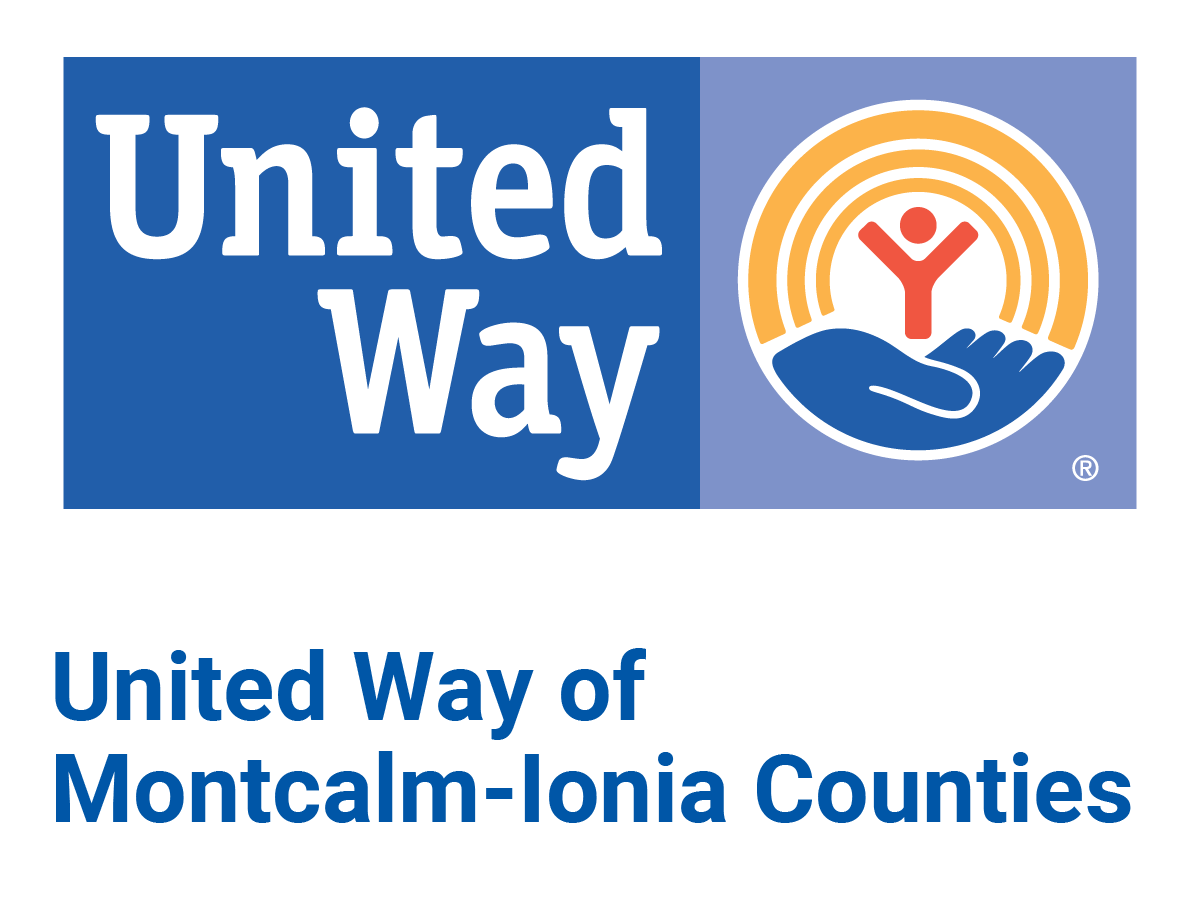
CHILDREN IN FINANCIAL HARDSHIP
 The number of children growing up in financial hardship in Michigan has been systematically undercounted. For decades, policymakers and community stakeholders have relied on the outdated Federal Poverty Level (FPL) to understand the extent of financial hardship in their communities. According to the FPL, 17% of children in Michigan(365,358) lived in poverty in 2019. Yet United For ALICE data shows that another 27% (580,761) were also growing up in hardship, in households that earned above the FPL but not enough to afford the basics in the communities where they lived.
The number of children growing up in financial hardship in Michigan has been systematically undercounted. For decades, policymakers and community stakeholders have relied on the outdated Federal Poverty Level (FPL) to understand the extent of financial hardship in their communities. According to the FPL, 17% of children in Michigan(365,358) lived in poverty in 2019. Yet United For ALICE data shows that another 27% (580,761) were also growing up in hardship, in households that earned above the FPL but not enough to afford the basics in the communities where they lived.
The reality is that nearly one million (946,119) children in Michigan —44% of all children — lived in a household with income below the ALICE Threshold of Financial Survival in 2019. These households included families in poverty as well as those who were ALICE: Asset Limited, Income Constrained, Employed. ALICE households don’t earn enough to afford the essentials of housing, child care, food, transportation, healthcare, a smartphone plan, and taxes — the basics needed to live and work in the modern economy. There are children below the ALICE Threshold in communities across the state, at rates ranging from 17% in Livingston County to 84% in Detroit City (North Central).
KEY FINDINGS
- Forty-four percent of children in Michigan lived in households experiencing financial hardship in 2019. While 17% were below the FPL, an additional 27% were ALICE.
- While there are children below the ALICE Threshold across all demographic groups, 71% of Black children and 58% of Hispanic children in Michigan lived in households with income below the Threshold in 2019, compared to 36% of White children.
- Having working parents or guardians does not guarantee financial stability: 23% of Michigan children in households with two adults in the labor force were still below the ALICE Threshold in 2019
